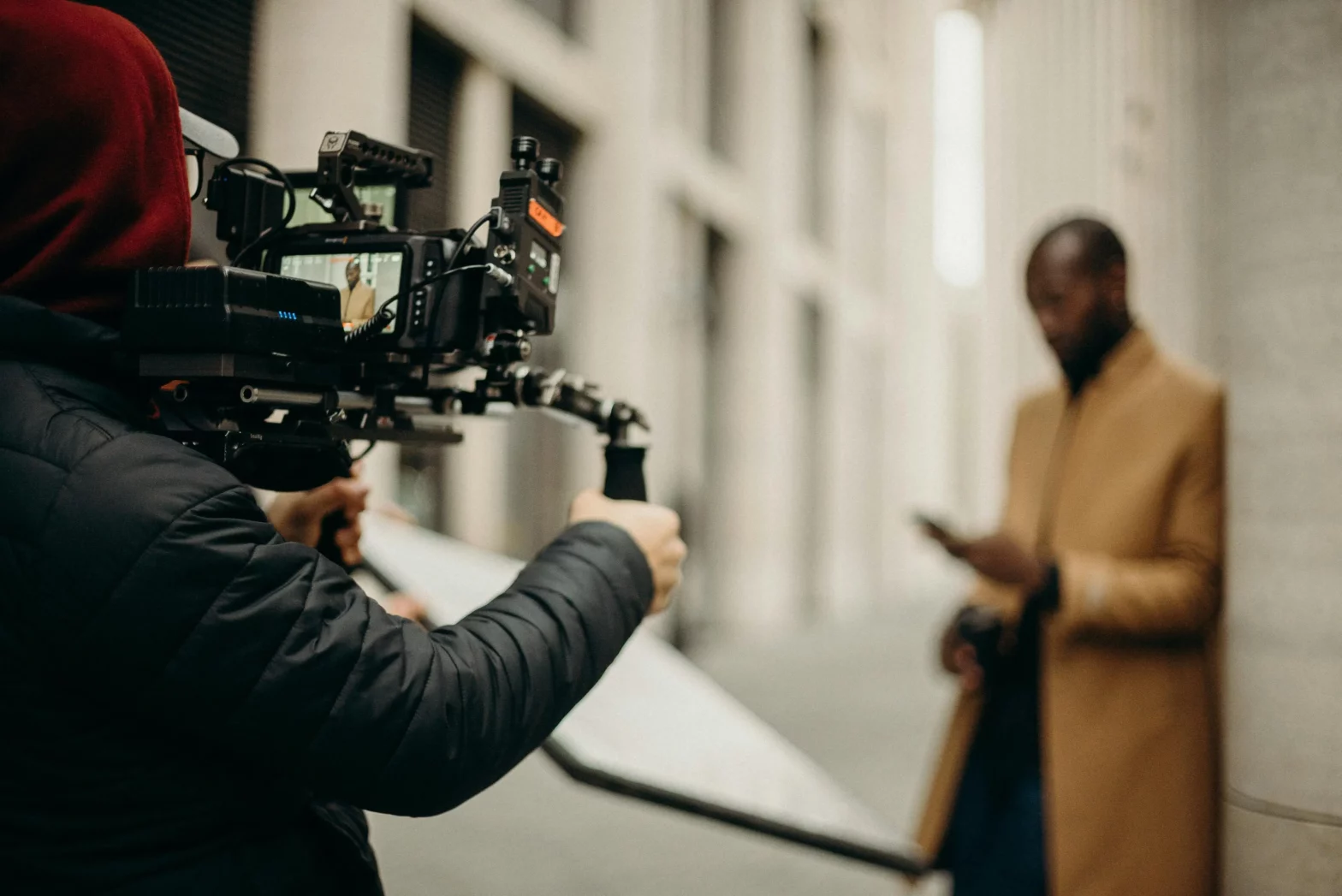Table of Contents
In the dynamic world of content creation, where every frame matters and every shot tells a story, stability is paramount. Imagine capturing a breathtaking landscape shot or an action-packed scene only for it to be ruined by shaky footage. This is where gimbals step in as the unsung heroes of the content creation realm, offering a smooth and steady hand to elevate your visual storytelling. But what exactly is a gimbal, and why should every content creator consider adding one to their toolkit?
What is a Gimbal?
At its core, a gimbal is a pivoted support that allows an object to remain steady and level despite external movement. Initially developed for nautical applications like stabilising ship compasses, gimbals have found their way into various industries, including filmmaking, photography, and even smartphone videography. Gimbals used in content creation typically consist of three axes of rotation: pan, tilt, and roll. These axes allow the attached camera or smartphone to maintain stability across different movements, ensuring smooth and professional-looking footage.
What are Gimbals Used for?
The primary purpose of a gimbal is to stabilise cameras and other recording devices to eliminate unwanted motion and vibrations. Whether shooting on the move or capturing static scenes, gimbals provide the stability needed to produce high-quality, professional-looking footage. Content creators across various niches utilise gimbals to enhance their work. From vloggers capturing daily adventures to filmmakers creating cinematic masterpieces, gimbals offer unparalleled stability and control over the visual narrative.
How it Helps Content
Gimbals revolutionise content creation by providing a range of benefits that significantly enhance the quality and visual appeal of the final product:
- Smooth Footage: By counteracting shakes and jitters, gimbals ensure that footage remains smooth and steady, even in challenging shooting conditions or dynamic environments.
- Creative Freedom: Gimbals empower content creators to explore different shooting techniques and angles without sacrificing stability. From sweeping panoramic shots to intricate close-ups, gimbals enable endless creative possibilities.
- Professional Look: Smooth, stable footage gives content a polished and professional appearance, elevating the overall quality and viewer experience. Whether producing videos for personal use or commercial projects, gimbals help content stand out in a crowded digital landscape.
- Increased Versatility: With gimbals, creators can achieve cinematic-level shots without the need for expensive, bulky equipment. Compact and portable, gimbals offer versatility without compromising on performance, making them ideal for a wide range of shooting scenarios.
Why a Content Creator Should Get One
For content creators striving to take their productions to the next level, investing in a gimbal is a game-changer for several reasons:
- Elevated Quality: Gimbals transform ordinary footage into captivating visuals by ensuring stability and smoothness. Whether shooting travel vlogs, product reviews, or short films, the enhanced quality provided by gimbals adds a professional touch to every frame.
- Enhanced Creativity: With the freedom to experiment with different camera movements and angles, content creators can unleash their creativity and produce visually stunning content that captivates audiences and sets them apart from the competition.
- Increased Efficiency: Gimbals streamline the production process by minimising the need for extensive post-processing to fix shaky footage. By capturing stable shots straight out of the camera, creators can save time and focus on refining their storytelling and editing techniques.
- Versatility and Adaptability: Whether shooting on location or in a controlled studio environment, gimbals adapt to various shooting conditions, providing stability and reliability wherever creativity takes you. Compact and lightweight, gimbals are easy to transport, allowing creators to capture smooth footage on the go.
In conclusion, gimbals are indispensable tools for content creators seeking to enhance the quality, creativity, and professionalism of their work. By providing stability, smoothness, and creative flexibility, gimbals empower creators to bring their vision to life and captivate audiences with visually compelling storytelling. Whether you’re a seasoned filmmaker, aspiring vlogger, or passionate photographer, adding a gimbal to your arsenal unlocks a world of possibilities and elevates your content to new heights.
For more content making tips, check out our ‘Essential Vlogging Equipment‘ or ‘Beginner Gear for YouTubers‘!
Frequently Asked Questions:
What is the purpose of a gimbal?
The primary purpose of a gimbal is to stabilise cameras and other recording devices, ensuring smooth and steady footage even in dynamic or challenging shooting conditions. By counteracting shakes, jitters, and unwanted movements, gimbals help content creators produce high-quality visuals that captivate audiences. Whether used in filmmaking, photography, or smartphone videography, gimbals provide stability, control, and creative freedom, ultimately enhancing the overall quality and professionalism of the content
When should you use a gimbal?
A gimbal should be used whenever stability and smoothness are essential for capturing high-quality footage. It’s particularly valuable in situations where handheld or traditional stabilisation methods may not suffice, such as when shooting moving subjects, tracking action sequences, or navigating challenging terrains. Whether filming cinematic sequences, dynamic vlogs, or steady product shots, employing a gimbal ensures that the resulting footage maintains a professional and polished look.
What are the disadvantages of a gimbal??
Using a gimbal can have several drawbacks, such as being expensive and bulky. Gimbals can cost hundreds or even thousands of dollars and require extra batteries, chargers, and accessories. Additionally, they can add weight and size to your camera setup, making it harder to carry and store.
Is Gimbal a Stabiliser?
Acting as motorized stabilisers, gimbals have become a staple among savvy filmmakers. Gimbals remove unwanted camera movements and shakes by employing brushless motors, typically throughout a three-axis system―the three axes being pan, tilt, and roll.

